The eyes are our most precious organs since they help us perceive the reality that surrounds us. Any disorder that affects our eyes, as well as any disorder that affects the area that surrounds our eyes, is quite distressing for every person who immediately fears of impairing or losing their eyesight.
Swollen eyelids are one such condition, which arises many discomforts since it makes it hard for us to see. Furthermore, swollen eyelids are very tender and we can find washing the eyes or applying makeup very troublesome.
Swollen eyelids, also called puffy eyelids, are mainly caused by some infection and should be treated right away to prevent the spreading of the bacteria to the nearby area. Allergies and water retention might also be responsible for the occurrence of puffy eyelids. Apart from the swelling of either the upper or lower eyelid or both of them, itchiness, pain, and irritation are the most common accompanying signs of this condition.

Remedies for Swollen Eyelids
What remedy is best for the treatment of this condition depends on the cause which induced it. Many creams are made just for this condition and that we can buy over-the-counter. These creams contain aloe vera and vitamin E, and they have been proven to decrease swelling very fast.
When swollen eyelids occur due to the body’s reaction to the allergens, the doctors usually prescribe Benadryl, which can be found either in the form of tablets or as a topical ointment. Aside from Benadryl, there are also antibiotic ointments that are applied directly on the outer part of the eyelids to reduce the swelling. In more severe cases, the doctors prescribe antibiotic eye drops, which contain steroids to relieve the pain that occurs with the inflammation of the eyelids.
- Allergic contact dermatitis of the eyelids should be treated with low-dose topical steroids for five to 10 days.
- Eyelid atopic dermatitis should be treated with oral antihistamines; moisturizers; and low-dose, short-term topical corticosteroids. Only low-dose topical corticosteroids should be used on the eyelids to avoid skin atrophy.
- First-line treatment of blepharitis consists of eyelid hygiene and systemic tetracyclines in patients with meibomian gland dysfunction.
- Mild preseptal cellulitis in older children and adults often can be treated on an outpatient basis with broad-spectrum oral antibiotics and close follow-up. Treatment of orbital cellulitis requires ophthalmology consultation, hospital observation, and broad-spectrum intravenous antibiotics.
- Treatment of ocular rosacea includes oral tetracyclines and topical metronidazole (Metrogel) or azelaic acid gel (Finacea).
Home Remedies for Swollen Eyelids
Many people first opt for home remedies when they experience swollen eyelids caused by conjunctivitis.
One of the most effective home remedies for curing swollen eyelids is the use of cucumber or potato, which has to be frozen, sliced, and applied on the closed eyes every day for about 15 minutes. Washing the eyes frequently with cold water will considerably reduce the swelling.Furthermore, the coldness tends to decrease the pain and itchiness. Swollen eyelids may also be cured with witch hazel. It is recommended to soak the cotton ball with the refrigerated witch hazel and apply it on closed eyes for about 20 minutes every day.


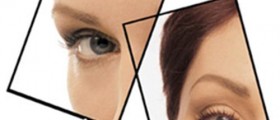


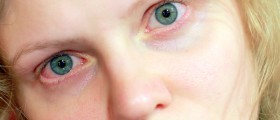
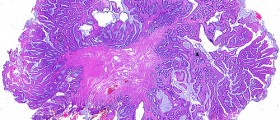
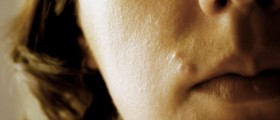
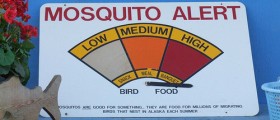
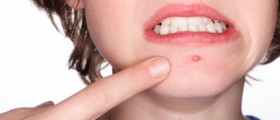



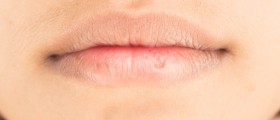


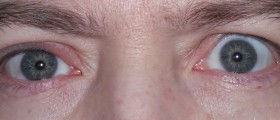
Your thoughts on this
Loading...